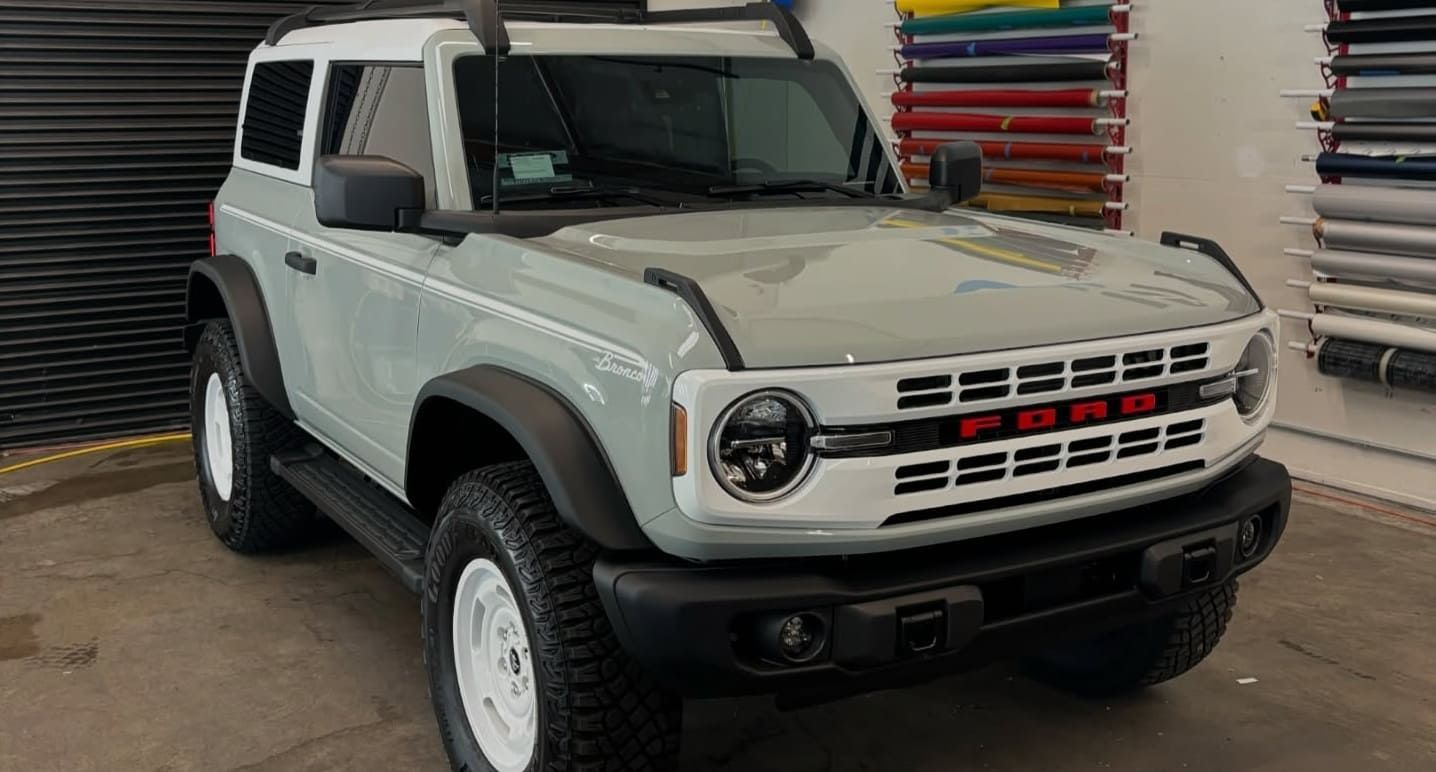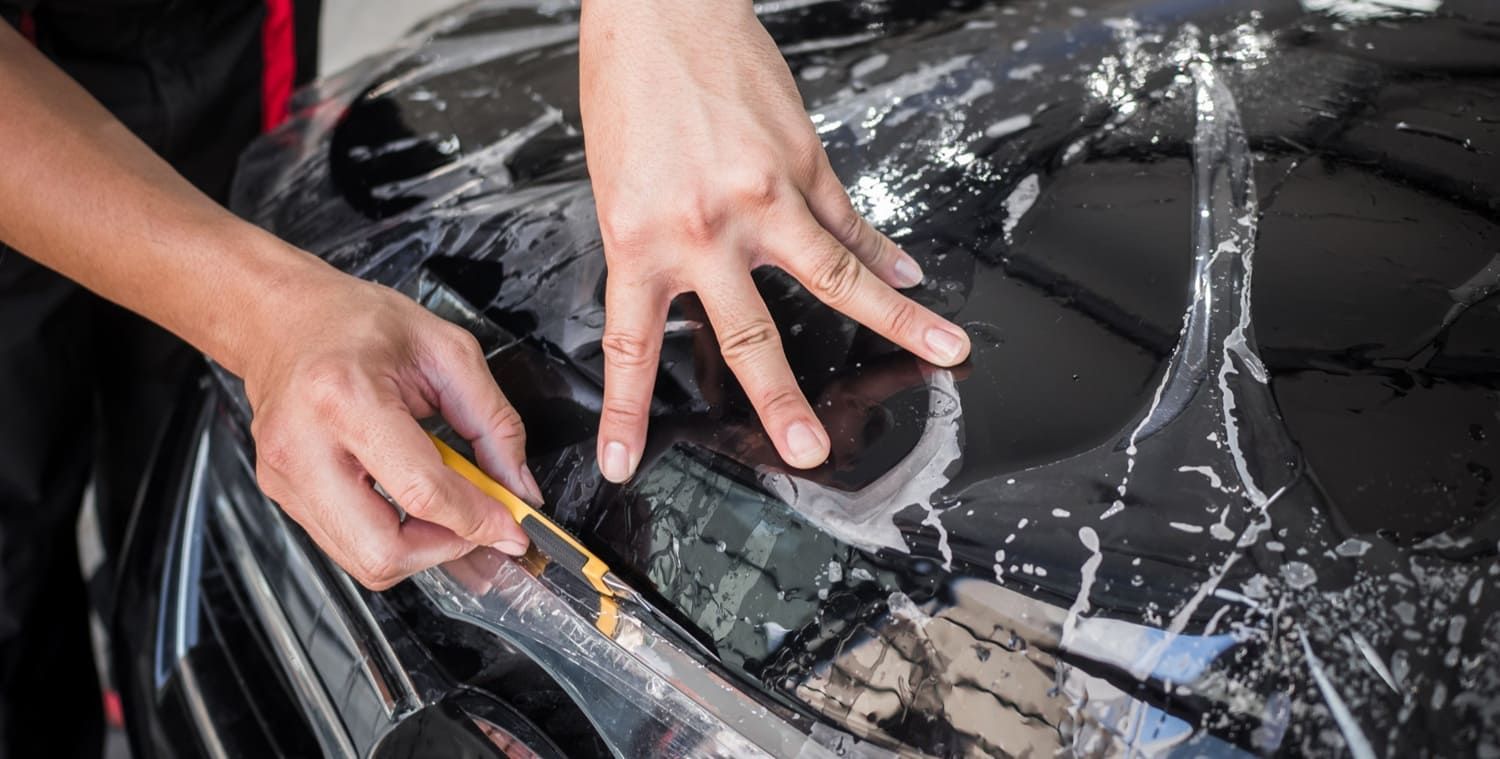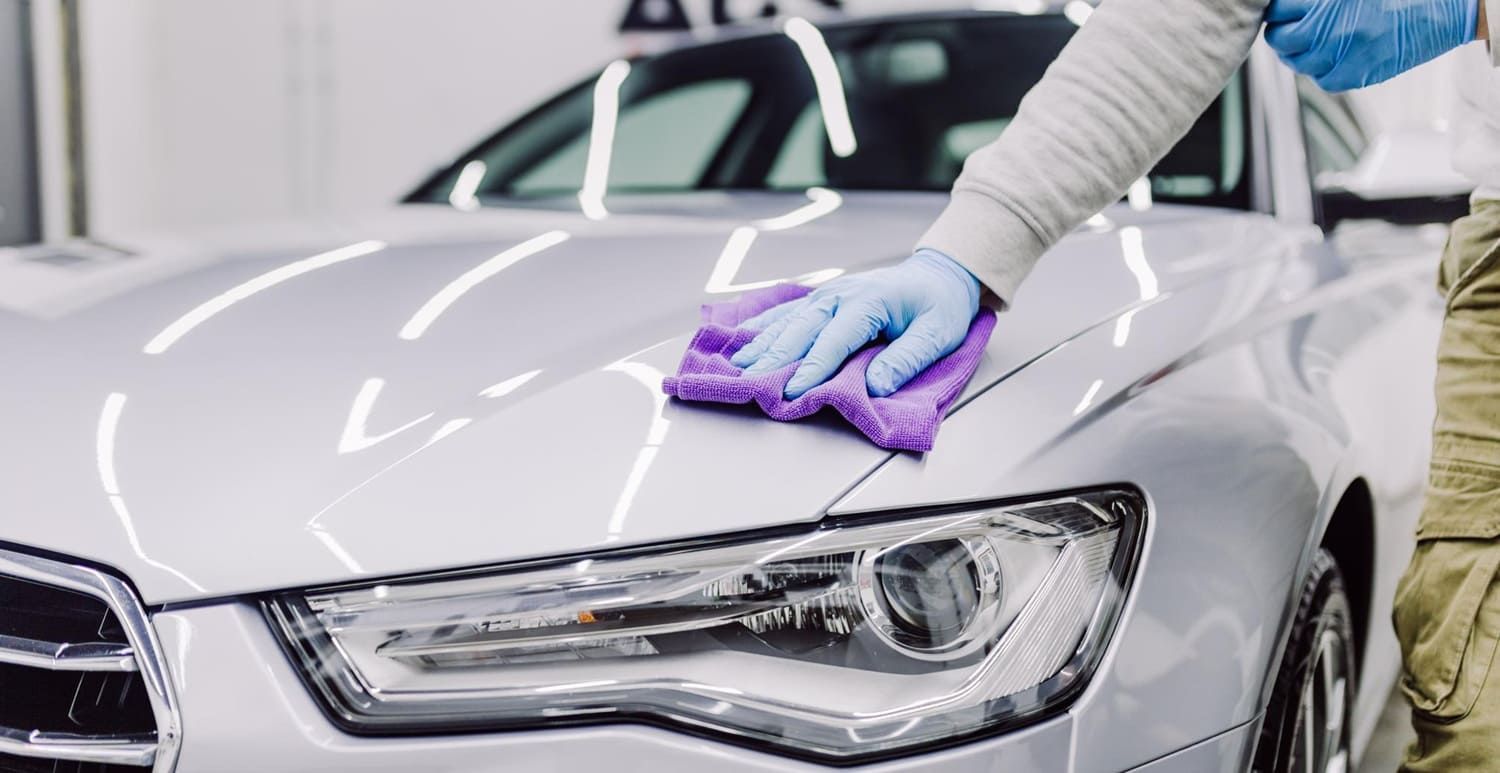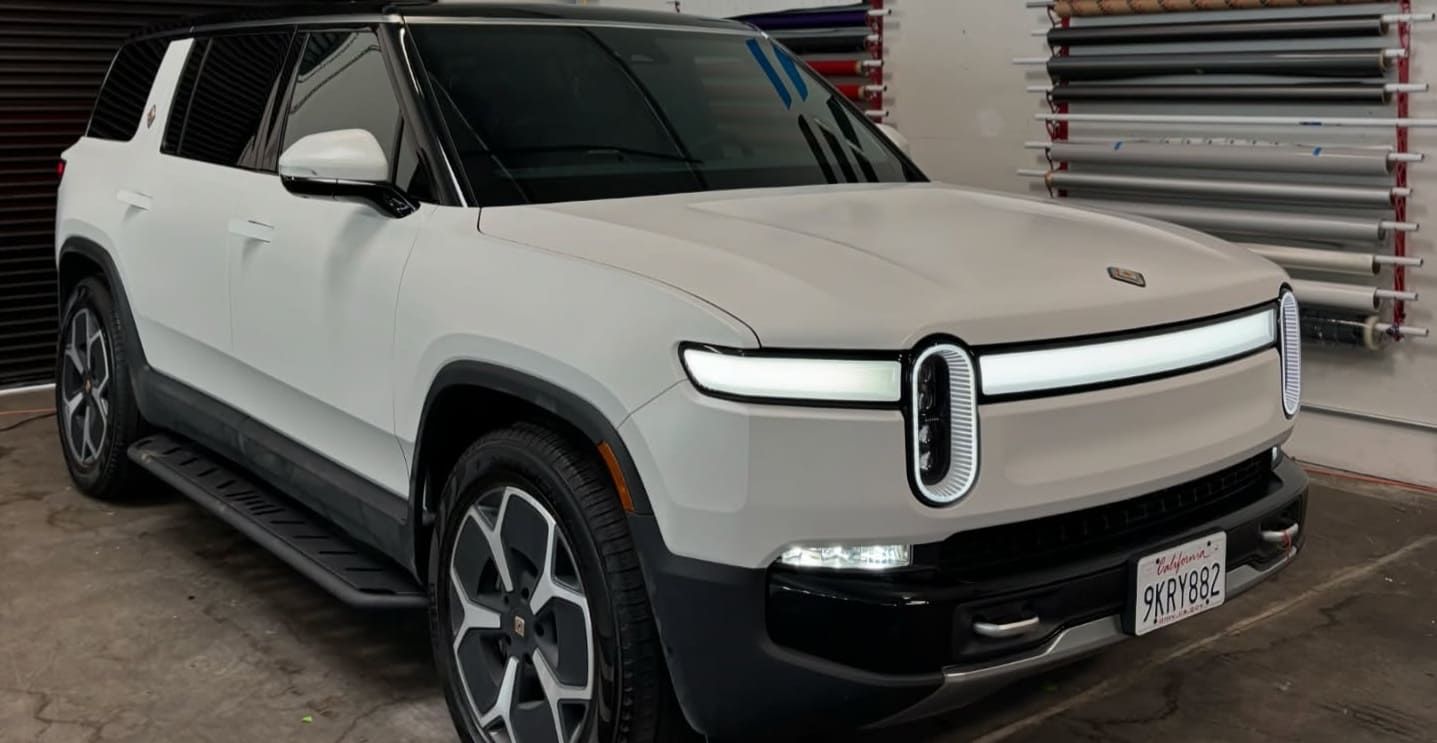Is Darker Window Tint Always Better for Privacy?
Choosing the right window tint for your car can be a tricky decision. Many people believe that darker window tint automatically means better privacy. But is that always the case?
While darker tints can indeed offer more privacy, they come with their own set of challenges. Legal restrictions, especially in places like California, can limit how dark your tint can be.
It's important to balance your desire for privacy with safety and legal compliance. Understanding the benefits and drawbacks of darker tints can help you make an informed choice.
In this article, we'll explore whether darker window tint is truly the best option for privacy.
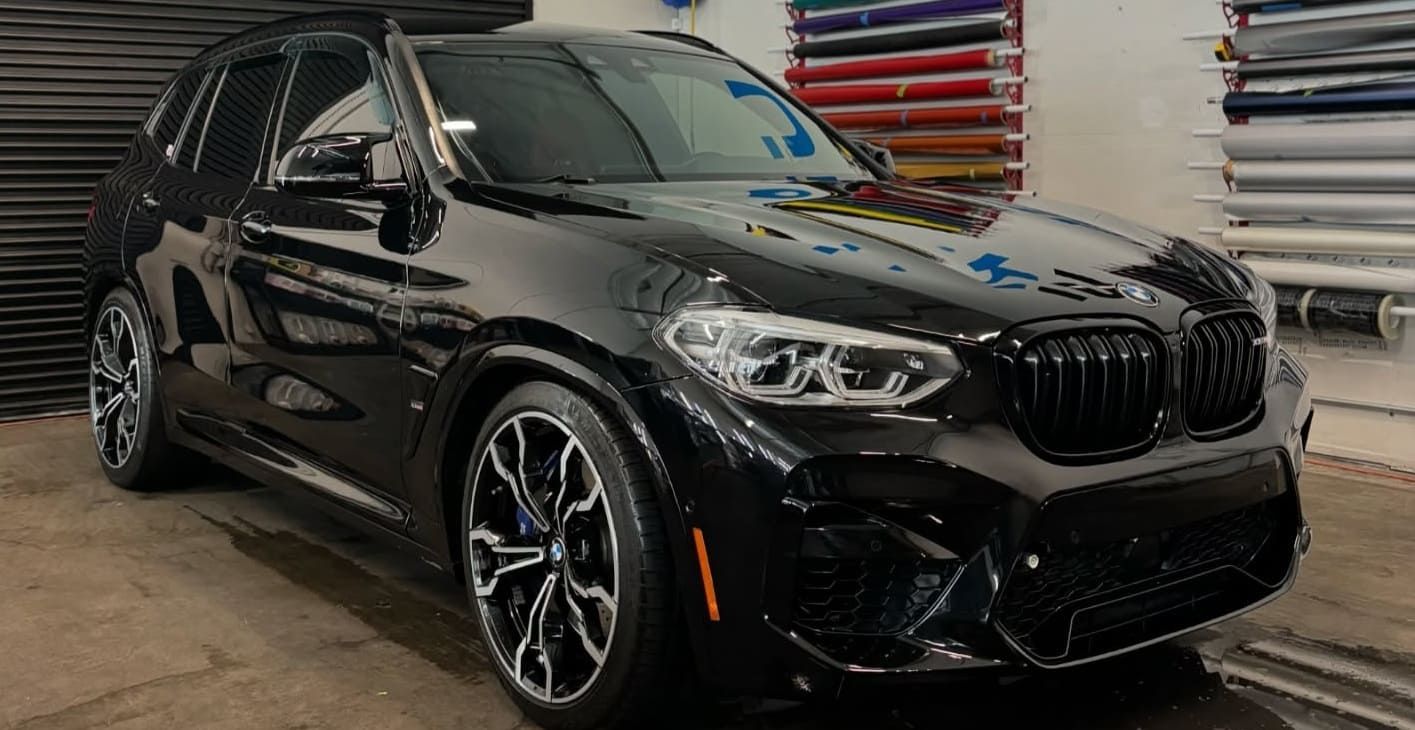
Understanding Window Tint Darkness and Privacy
Window tint darkness is more than just about appearance. It plays a key role in maintaining privacy within your vehicle. The darker the tint, the less visible the interior becomes to outsiders.
However, it's not only about choosing the darkest option available. You must understand how tint affects both privacy and visibility. A balance between tint darkness and practical visibility is essential.
Tint darkness is measured by the amount of light it lets in. This measurement is known as Visible Light Transmission (VLT). A lower VLT percentage means a darker film, blocking more light and enhancing privacy.
Still, darker doesn’t always mean better. Excessively dark tints can lead to poor visibility, especially during night driving. This can create unsafe driving conditions, so it's crucial to consider your driving environment.
Here are a few points to keep in mind:
- Darker tints offer improved privacy by limiting visibility from outside.
- VLT percentage helps determine how dark or light a tint is.
- Balance privacy needs with visibility and safety to make the right choice.
How Window Tint Darkness Is Measured
Understanding how window tint darkness is measured is crucial for making informed decisions. The primary metric used is Visible Light Transmission (VLT). This percentage reflects the amount of light that can pass through the window.
A lower VLT percentage indicates a darker tint. For instance, a 20% VLT allows only 20% of external light through, providing greater privacy. Conversely, a higher VLT percentage means a lighter tint.
When selecting a tint, consider your personal preference and legal requirements. Regulations often dictate the minimum VLT percentage allowed for different window locations on a vehicle. Awareness of these laws is crucial to avoid penalties.
Here's a quick rundown on VLT:
- Lower VLT: Darker tint; greater privacy.
- Higher VLT: Lighter tint; more visibility.
- Always balance aesthetics, privacy needs, and legal constraints.
Legal Considerations: California Car Window Tinting Laws and Beyond
Window tinting is subject to strict legal regulations, differing by state. In California, specific rules dictate the allowable tint levels. Compliance with these laws is essential to avoid fines and ensure vehicle safety.
The front side windows in California must let in more than 70% of light. This high VLT percentage ensures adequate visibility for drivers. Rear and back windows can be darker, but certain conditions apply.
Each state has unique laws governing window tinting. It's crucial for car owners to be familiar with these regulations to avoid penalties. Consulting professionals who understand local laws is a valuable step.
Key points to consider in window tinting laws:
- California: Front windows must allow over 70% light.
- Different States: Varying legal requirements.
- Professionals: Can guide on law compliance.
Research is vital. Laws are not static; they can change over time. Therefore, staying informed about updates is essential for maintaining compliance and ensuring the safety of you and other drivers on the road.
Benefits of Darker Window Tint
Darker window tints offer several advantages beyond privacy. A key benefit is their ability to shield against harmful UV rays. They can block up to 99% of UV rays, protecting skin and eyes.
Additionally, darker tints reduce heat, making car interiors more comfortable. This feature often leads to less need for air conditioning, potentially enhancing fuel efficiency. By keeping your car cooler, these tints also help preserve the interior.
Glare reduction is another benefit. Darker tints can cut down on glare from the sun, headlights, and streetlights, improving driving comfort, especially at night. This enhanced visibility can also contribute to safer driving.
Here's what darker window tints can offer:
- UV Protection: Blocks harmful rays.
- Heat Reduction: Maintains a cooler interior.
- Glare Reduction: Enhances nighttime visibility.
Moreover, they can make your vehicle look stylish and modern, adding to its aesthetic appeal. By obscuring the view of your car's interior, they can also deter theft and potential break-ins. These benefits make darker window tints a popular choice for many car owners looking to enhance both the functionality and appearance of their vehicles.
Drawbacks and Safety Concerns of Darker Tints
While darker window tints offer numerous benefits, they also come with potential drawbacks. A primary concern is visibility. At night, dark tints can significantly reduce visibility, posing safety risks for drivers.
Another issue is legal compliance. Different regions have varying tint regulations, and failing to adhere can lead to fines or legal trouble. It's crucial to know the local laws to avoid penalties.
Potential buyers should also consider the impact on resale value. Overly dark tints might deter future buyers who prefer more transparency or who live in areas with stricter tint laws.
Moreover, darker tints could necessitate additional vehicle modifications. For instance, some states require dual side mirrors if rear windows are too dark. This increases both the complexity and the cost of maintaining a legally compliant vehicle.
Key drawbacks include:
- Reduced Night Visibility: Increased safety risk.
- Legal Issues: Possible fines or penalties.
- Resale Impact: May deter future buyers.
Privacy Window Film vs. Traditional Tinting
Privacy window films offer a unique alternative to traditional car window tints. Unlike conventional tinting, these films don't change the glass' appearance. Instead, they enhance privacy by obscuring visibility from outside.
An advantage of privacy films is their versatility. They can be applied to both vehicles and buildings, providing similar benefits of privacy and protection. These films block UV rays and reduce glare while maintaining a clear view from the inside out.
When considering options, it's important to compare key features:
- Versatility: Suitable for vehicles and homes.
- Installation: Easier than traditional tinting.
- Aesthetic Impact: Minimal change to glass appearance.
Both options have their uses and selecting the right one depends on individual needs and preferences.
Choosing the Right Tint: Factors to Consider
Selecting the ideal window tint involves weighing several factors. Consider your priorities, such as privacy, aesthetics, or UV protection. These factors can heavily influence your decision.
Legal regulations are critical to keep in mind. Checking local laws prevents unnecessary fines and ensures compliance. In places like California, regulations on window tinting can be quite specific.
Climate is another consideration. In sunny environments, UV protection and heat reduction might be crucial. These features enhance comfort during long drives and protect vehicle interiors.
Finally, weigh the pros and cons of professional installation versus DIY. Professional installations often ensure a high-quality finish and adhere to all legal requirements.
- Priorities: Privacy, aesthetics, protection
- Legal Compliance: Understand your area's laws
- Climate Considerations: UV and heat reduction
- Installation Methods: DIY or professional
Choosing the right tint requires thoughtful consideration of these factors to ensure satisfaction.

Professional Installation vs. DIY: What to Know
When it comes to window tinting, deciding between professional installation and DIY can be tricky. Each option has its own set of advantages and disadvantages. Understanding these can aid in making a well-informed choice.
Professional installation promises expertise and quality. Professionals are familiar with legal restrictions and ensure compliance. Their experience often results in a flawless finish that lasts longer.
On the other hand, DIY kits can be more affordable. However, they require time, patience, and precision. Mistakes can compromise the appearance and adherence to tint laws.
- Professional Installation: Expertise, legal compliance, superior finish
- DIY Kits: Cost-effective, requires skill and time
Each method has its merits, so consider your budget and skills before deciding.
Maintenance, Longevity, and Removal of Window Tint
Proper maintenance ensures the longevity of your window tint. Use gentle cleaning solutions and soft cloths. This helps preserve both appearance and functionality.
Over time, tints can fade or lose effectiveness. Regular checks can identify issues early. Prompt repairs or replacements ensure continuous benefits.
Removing window tint can be tricky. It’s best done by professionals to avoid damage. Improper removal may leave residue or scratches.
- Maintenance Tips: Use gentle cleaners, avoid harsh tools
- Longevity Checks: Inspect regularly for fading or bubbles
- Removal Advice: Seek professional help for proper removal
These steps can help sustain window tint quality over time.
Frequently Asked Questions About Car Window Tinting
Is window tinting legal in my state?
Window tinting laws vary by state, and it’s essential to know the legal limits where you live. Each state has regulations regarding how dark or reflective your tint can be, especially on front side windows and windshields. Always check local tint laws before choosing a film.
What does window tint percentage mean?
The tint percentage refers to the amount of visible light that can pass through the film. For example, 20% tint blocks 80% of light. Lower percentages mean darker tint. Choosing the right level depends on your preferences and legal requirements.
How long does car window tint last?
High-quality window tint, when professionally installed, can last between 5 to 10 years. Longevity depends on the film type, installation quality, and how well the tint is maintained over time.
How should I care for my tinted windows?
Wait a few days before cleaning newly tinted windows. Use ammonia-free glass cleaner and a soft microfiber cloth to prevent scratching or peeling. Avoid abrasive tools that could damage the film.
Can I tint my windows myself?
DIY tint kits are available, but professional installation is recommended for best results. Experts use precision tools and high-grade film, ensuring a flawless finish with no bubbles or peeling.
Will window tinting affect visibility at night?
Darker tints can slightly reduce visibility at night, especially on side and rear windows. Choosing a legal and balanced tint level helps maintain safety while enjoying the benefits of glare reduction and privacy.
Conclusion: Is Darker Window Tint Always Better?
Darker window tint offers significant privacy and style benefits for many drivers. However, it isn't always the best choice for every situation. Legal restrictions and safety concerns must be considered.
At Ultimate Film Solutions, we are professional window tinting installers serving North Hollywood & Sacramento, CA. Balancing privacy needs with legal compliance is crucial. Each driver must weigh the pros and cons, keeping in mind personal priorities and local laws.
Contact us today for a free estimate and let our experts help you choose the best tint for your vehicle—combining style, privacy, and peace of mind.


